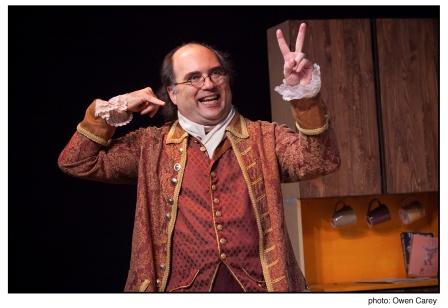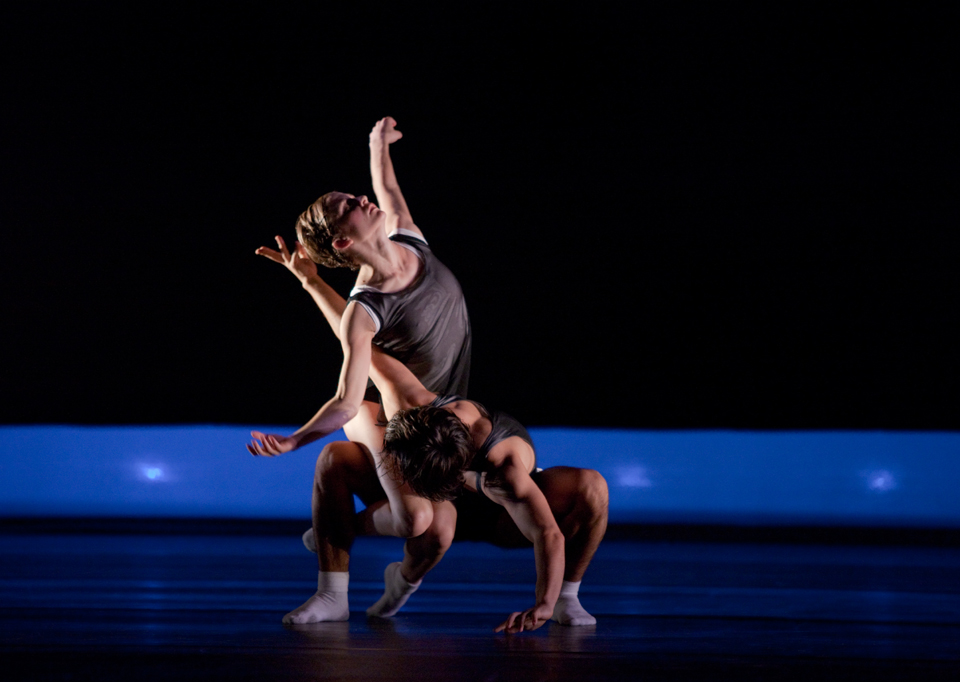
Above and below: “Chi,” by Wen Wei Wang, Northwest Dance Project, summer 2009. The Project dances downtown Friday and Saturday. Photos: Blaine Covert
It’s not all about Oregon Ballet Theatre.
Sure, the OBT story’s fascinating. Scrappy little company grows into rising national star. Stumbles into economic abyss. Gets saved by outpouring of bucks and extravaganza featuring top dancers from around the country. Dumps its executive director after noisy staff revolt. A day later, triumphs onstage. It’s like Pauline’s perils. Or the Comeback Kid. And there could be cliffhangers yet to come.
But while OBT’s sucked up most of the attention, Portland’s been enjoying a modest renaissance of dance. The two big pieces are OBT — a sterling company in spite of its backstage adventures — and White Bird, the presenting company that’s rejuvenated the city’s contemporary dance scene by bringing in a lot of the best the world has to offer.
And there’s much more.
The popular dance/movement troupe BodyVox, which tours the country, has opened its new dance center in Northwest Portland. Another contemporary troupe, Polaris, has its own new digs. The Portland Ballet, a well-regarded training company, is once again readying its charming holiday production of La Boutique Fantasque — this time with live accompaniment from the Portland State University Symphony performing Rossini’s playful score. Ghe downtown dance center Conduit, despite its own bump in the road, continues to serve the contemporary scene well. Veterans such as Mary Oslund, Josie Moseley, Gregg Bielemeier and Linda Austin are creating vital new work. Movement-inspired theater companies like Do Jump and Imago (which reopens its innovative teeter-totter version of Jean-Paul Sartre’s No Exit on Friday, with a terrific-looking cast) cross disciplines audaciously. Mike Barber’s Ten Tiny Dances pop up all over town. The aerialists of Pendulum Dance Theatre keep on floating new ideas. Newcomers like POV Dance, which specializes in site-specific work, are turning out some dizzying stuff — in the case of POV’s August piece at the Conduit benefit, literally: The performers were poking over and out from the four-story open stairwell at the Pythian Building as the audience gazed over guardrails, stomachs flipping.
What we have here, folks, is a scene.
And there’s more. Like, for a pretty big instance, Northwest Dance Project, the brainchild of choreographer and teacher Sarah Slipper, which got its start in 2004. Slipper, a Canadian who did her training there and in London and danced with the Royal Winnipeg Ballet, came to Portland as ballet mistress for OBT back in the James Canfield days. Although deeply rooted in classical ballet, her temperament, like Canfield’s, is more contemporary.
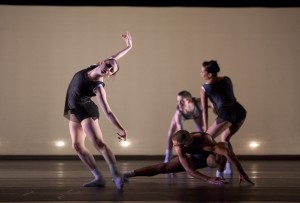 Northwest Dance Project began as a summer training program for young and mostly professional dancers, ages 16-25, who came to town from across the country to work with leading national choreographers for a few weeks and then put on an end-of-workshop public performance.
Northwest Dance Project began as a summer training program for young and mostly professional dancers, ages 16-25, who came to town from across the country to work with leading national choreographers for a few weeks and then put on an end-of-workshop public performance.
That still happens. Dancemakers such as Canfield (now at Nevada Dance Theatre in Las Vegas), Nashville Ballet’s Paul Vasterling, Bebe Miller, Susan Gaudreau of BJM Dance Montreal, Lucas Crandall of Hubbard Street Dance Chicago, and Washington Ballet’s Septime Webre have offered classes.
But things have expanded. Now the Project has an eight-member resident company that does some touring: It’s doing a residency next month at the Flying E Ranch, a 20,000-acre working dude ranch in Arizona’s Sonoran desert that also hosts arts groups, and follows that with a performance in Tucson. And it’ll perform Friday and Saturday nights at the Newmark Theatre in downtown Portland.
This summer the Project moved into its own new studio space in a handsome old ballroom just off North Mississippi Avenue at 833 North Shaver Street, right across from the popular Equinox Restaurant and Bar and barely a skip from the hot spots Gravy and Cup & Saucer Cafe. This part of town is hopping, and a lot of people peek in from the sidewalk to watch the dancers jump. The studio’s bathed with natural light from its big windows, and out back, behind the studio mirrors, the view opens to a sweet little pocket park. It’s a good place to call home.
Continue reading Northwest Dance Project joins the PDX renaissance

 Portland didn’t do as badly as Cleveland, which rated this jab: “(T)here’s no getting around the fact that its residents are uniformly hideous to look upon.” Ouch! Except for a night spent sleeping on the grassy knoll of a freeway cloverleaf around 1970, I don’t know much about Cleveland. I do know Drew Carey and the Rock and Roll Hall of Fame come from there, and I know Mr. Carey usually wears a nice suit and tie. (He still looks like Drew Carey, but he makes himself presentable, and what more should an upscale magazine ask?)
Portland didn’t do as badly as Cleveland, which rated this jab: “(T)here’s no getting around the fact that its residents are uniformly hideous to look upon.” Ouch! Except for a night spent sleeping on the grassy knoll of a freeway cloverleaf around 1970, I don’t know much about Cleveland. I do know Drew Carey and the Rock and Roll Hall of Fame come from there, and I know Mr. Carey usually wears a nice suit and tie. (He still looks like Drew Carey, but he makes himself presentable, and what more should an upscale magazine ask?)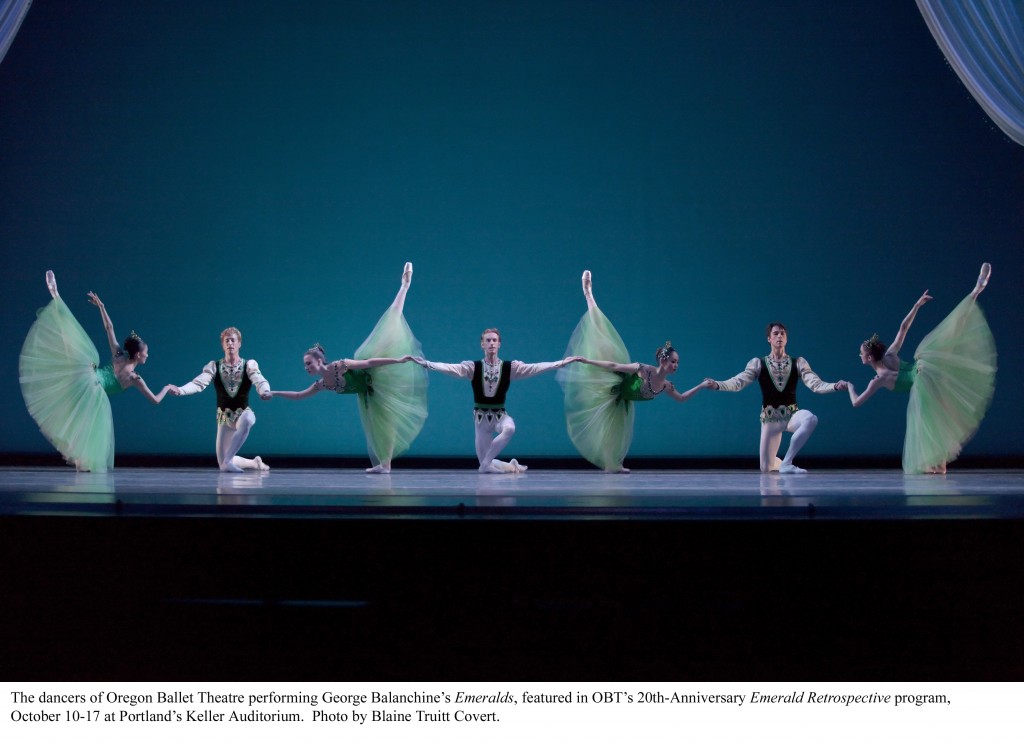

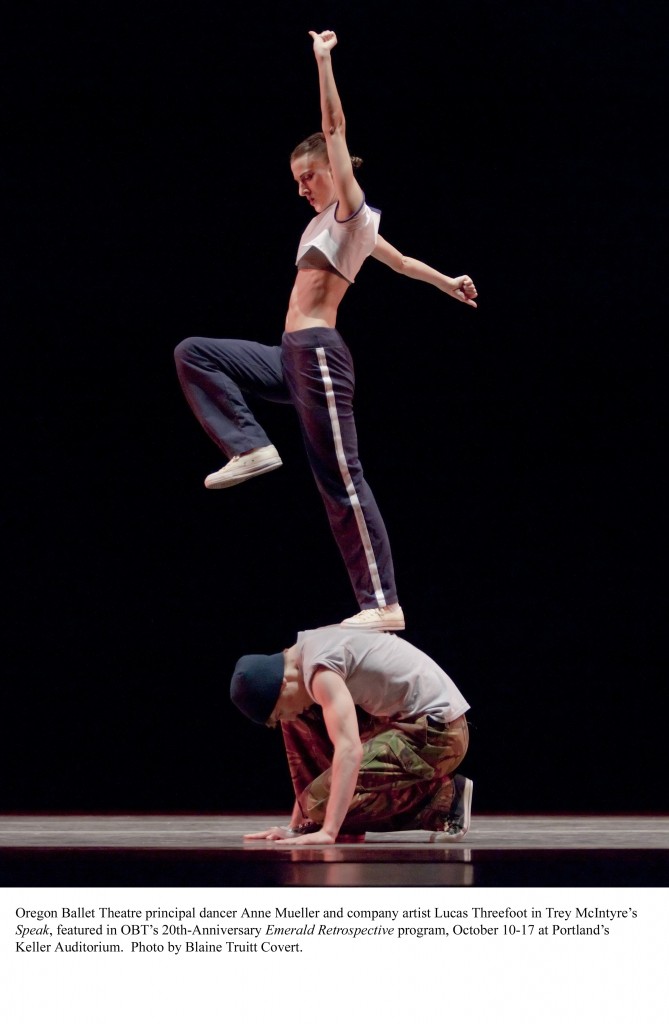 “How do they dance up on their toes like that?” he asked. “Do they have to work a lot to do it? That must be hard!”
“How do they dance up on their toes like that?” he asked. “Do they have to work a lot to do it? That must be hard!” Jon Ulsh, the embattled executive director, is out. Artistic director Christopher Stowell picks up some of his role, and chief operating officer Doug Wells will assume day-to-day management. The Oregonian’s Barry Johnson
Jon Ulsh, the embattled executive director, is out. Artistic director Christopher Stowell picks up some of his role, and chief operating officer Doug Wells will assume day-to-day management. The Oregonian’s Barry Johnson 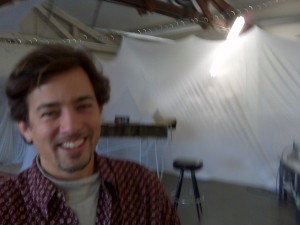 Lectures, tours, workshops, open rehearsals: If it’s a behind-the-scenes peek, we’re there. It’s not enough just to see the finished project. We want to know how it got there.
Lectures, tours, workshops, open rehearsals: If it’s a behind-the-scenes peek, we’re there. It’s not enough just to see the finished project. We want to know how it got there.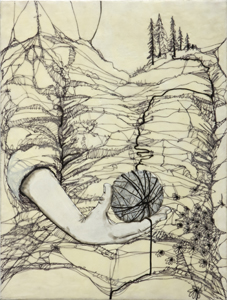 So let’s take the pressure off and take a relaxed look at how this art stuff really works. That’s part of the idea behind
So let’s take the pressure off and take a relaxed look at how this art stuff really works. That’s part of the idea behind 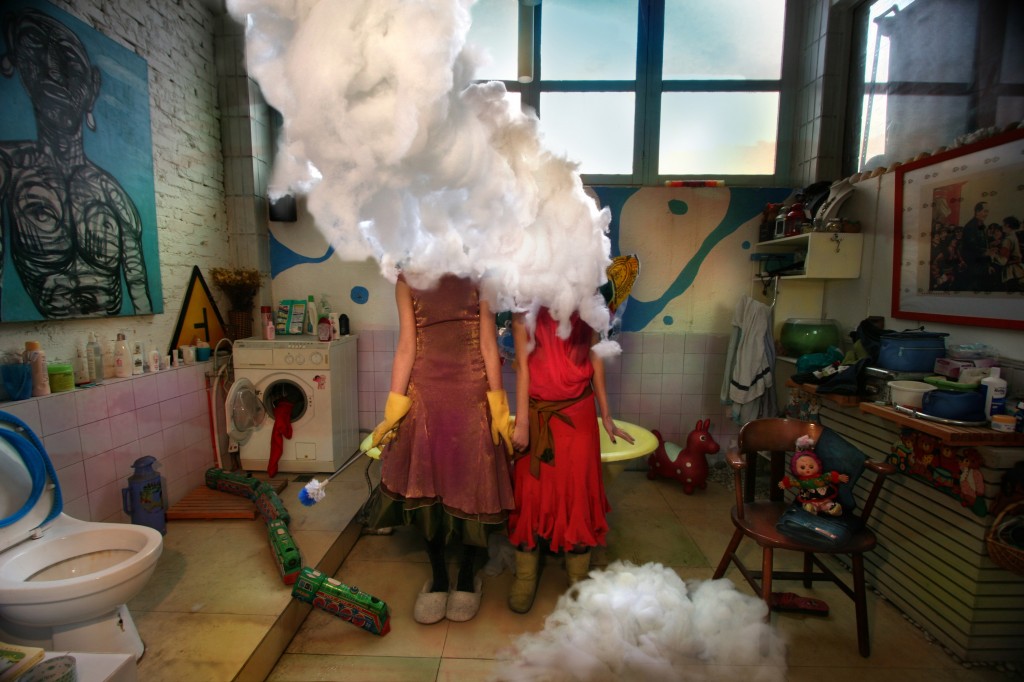
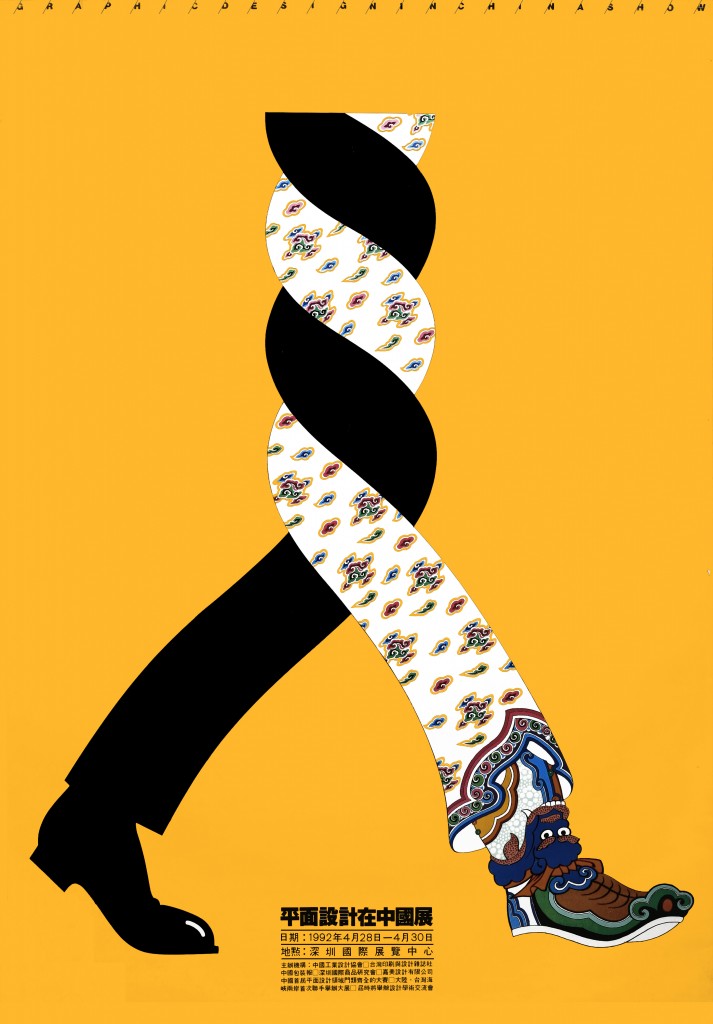 WORDSTOCK. Portland’s annual writers’ frenzy heads into its big weekend at the Oregon Convention Center with talks, workshops and publishers’ booths Saturday and Sunday. About a zillion Northwest writers will join such A-list types as James Ellroy and Sherman Alexie. Jeff Baker ran
WORDSTOCK. Portland’s annual writers’ frenzy heads into its big weekend at the Oregon Convention Center with talks, workshops and publishers’ booths Saturday and Sunday. About a zillion Northwest writers will join such A-list types as James Ellroy and Sherman Alexie. Jeff Baker ran 
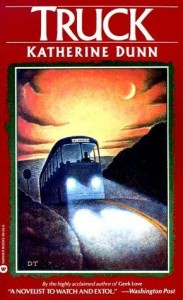 Also fast approaching for Portlanders is
Also fast approaching for Portlanders is 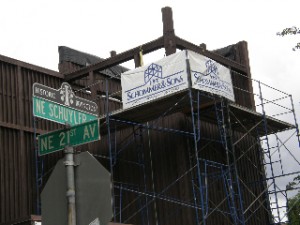 Sometime on Thursday the shorn-off
Sometime on Thursday the shorn-off 
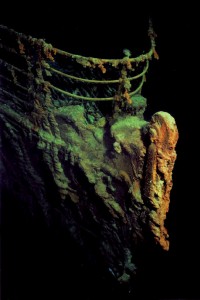 Just $249 for the 32-inch edition, but let’s go whole hog: You can get the 40-inch model, complete with “accurate crow’s nest, metal propellers and railings, and intricate cranes, ventilators, ladders, funnels, steam pipes, benches and skylights,” for $379. It’ll look great on your mant …
Just $249 for the 32-inch edition, but let’s go whole hog: You can get the 40-inch model, complete with “accurate crow’s nest, metal propellers and railings, and intricate cranes, ventilators, ladders, funnels, steam pipes, benches and skylights,” for $379. It’ll look great on your mant …